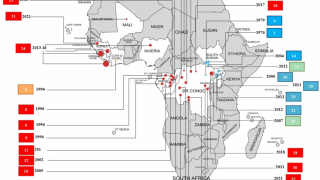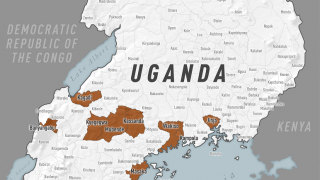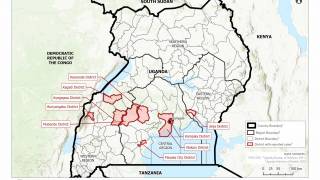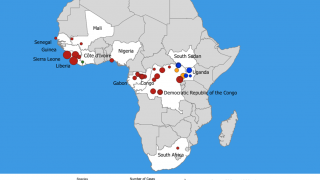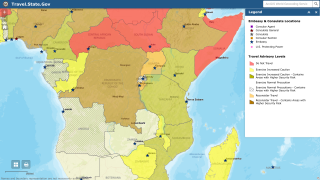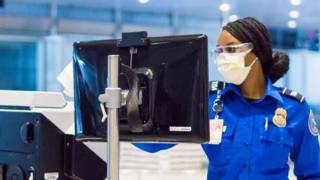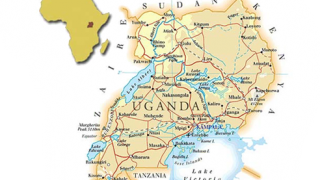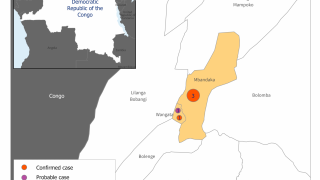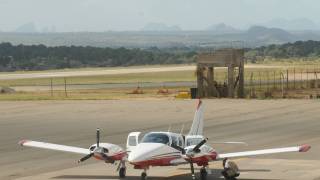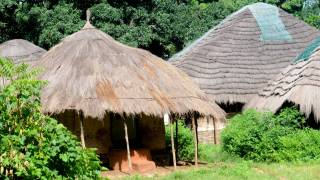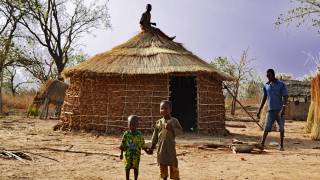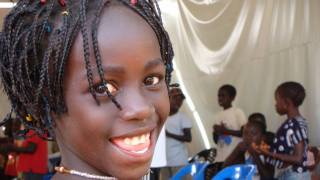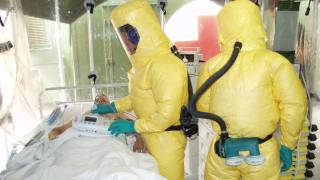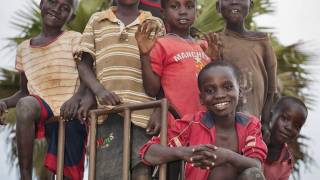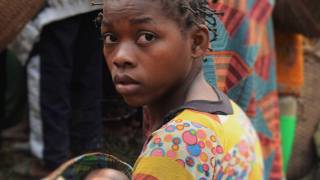DRC Ebola Outbreak Has Three Big Challenges
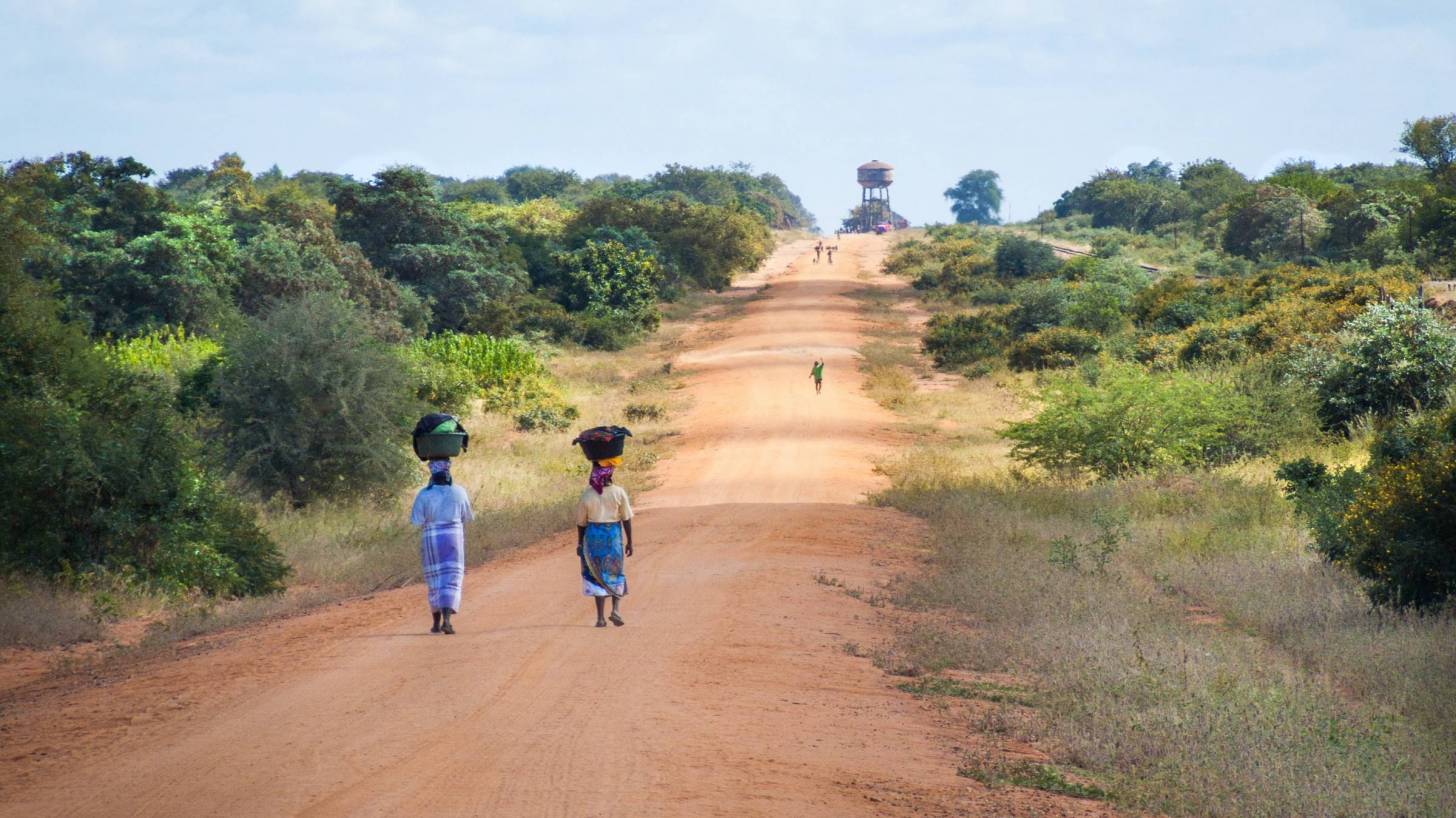
The current Ebola outbreak in the Democratic Republic of Congo (DRC) has set off major alarm bells.
And ‘time-is-of-the-essence’ to constrain this Ebola outbreak.
This is because the remote outbreak is located near the Congo River, which links to both the capitals of the Republic of the Congo and the Central African Republic, where millions of people live.
Fortunately, this situation has the opportunity to learn from the 2014 West African outbreak's multiple mistakes.
Most health officials have identified 3 key issues to address: leadership, supply logistics, and a viable vaccine.
Leadership: Many health officials often say, leaders need to be out-front during a crisis, and this Ebola outbreak has leaders on the ground. When the 2014 outbreak became a worldwide crisis, Ron Klain was appointed by President Obama as the ‘Ebola Czar’, to coordinate the USA's response.
Given the impressive actions of Dr. Tedros Adhanom Ghebreyesus, the Director General of the World Health Organization (WHO) this past week, the leadership concern may have been eliminated.
As of May 13, 2018, Dr. Ghebreyesus said in a Tweet:
- “Just arrived in Kinshasa, with Regional Director @MoetiTshidi & Deputy DG @PeteSalama. We were briefed by Minister Oly of #DRC & our WHO Rep, who were earlier today at the epicentre of the outbreak. WHO & partners commit to continue swift actions to beat Ebola.”
Supply logistics: Vaccines often have complex storage requirements. Different vaccines require different storage conditions, and what can be safe for one type of vaccine, may be inappropriate for another.
- Deploying an Ebola vaccine in remote Africa will take military-like planning and execution. The first requirement is the vaccine must be kept in a ‘cold-chain’. The cold chain consists of a series of links that are designed to keep vaccines within WHO recommended temperature ranges, from the point of manufacture to the point of administration.
- This requires freezers, cold boxes, carriers and generators to maintain the low temperature, in a region where the electrical grid is inconsistent. Inventory management procedures must be established so that vaccines are not stored longer than necessary at the central, regional and district levels of the cold chain.
Vaccine: Experimental vaccines for Ebola are under development, but they have not been fully tested for safety or effectiveness. A leading candidate is Merck’s Ebola vaccine rVSV-ZEBOV which is a recombinant, replication-competent vesicular stomatitis virus-based.
- In a recent clinical study, 84 percent of rVSV-ZEBOV recipients developed an antibody response. And, one year later, 80 percent of rVSV-ZEBOV recipients had antibody responses.
- “This clinical trial has yielded valuable information that is essential for the continued development of Ebola vaccine candidates and also demonstrates that well-designed, ethically sound clinical research can be conducted during an epidemic,” says NIAID Director Dr. Anthony S. Fauci.
- Regarding vaccine availability to meet this outbreak’s requirements, Merck has submitted the vaccine to WHO’s Emergency Use and Assessment Listing procedure, a mechanism through which experimental vaccines, medicines, and diagnostics can be made available for use prior to formal licensure.
- Moreover, Merck has previously committed 300,000 doses of the vaccine are available for emergency use.
"This is a highly complex, sophisticated operation in one of the most difficult terrains on earth," said Peter Salama, WHO head of emergency response. "If we see a town of that size infected with Ebola, then we are going to have a major urban outbreak."
"We are planning for all scenarios, including the worst case," said Salama.
Our Trust Standards: Medical Advisory Committee



